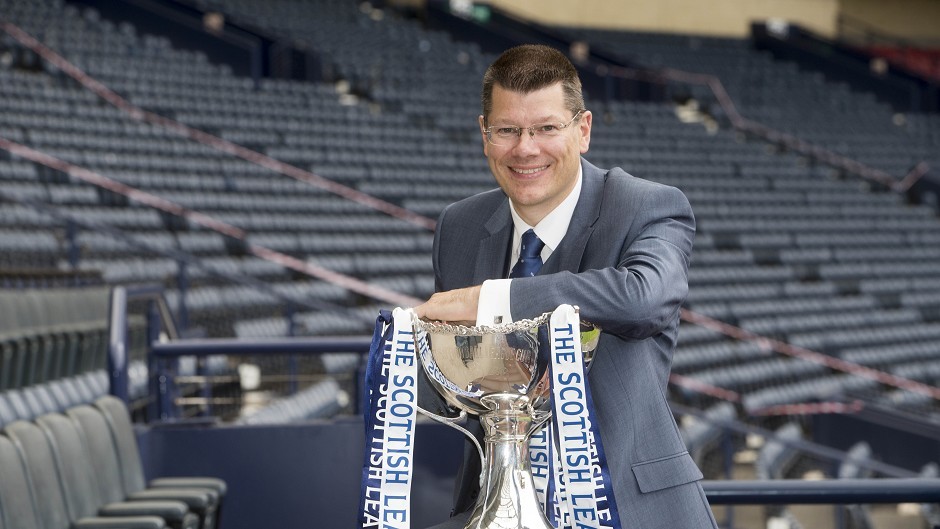The Highland League champions will face Scottish Premiership opposition in a revamped League Cup competition next season worth £8million.
Eight groups of five teams will play in a round-robin format in July next year with one team from the top flight not involved in European football joining clubs from the Championship, Leagues 1 and 2, as well as the winners of both the Highland and Lowland Leagues.
Group matches will be played on July 16, 20, 23, 27 and 30.
The group stage uses the traditional three points for a win and one point for a draw system but, in what is believed to be a first for football, all drawn group matches will go straight to a penalty shootout with each side awarded a point and a bonus point going to the shootout winner.
Groups will be seeded so each group should feature at least one team from each league with the Highland and Lowland League joining the bottom seeds from League 2.
BT Sport will become the broadcaster of the League Cup for the next four seasons in a deal worth almost £8million – more than double the amount the SPFL currently receives from the BBC.
BT Sport will screen six games from the group stage in July and a further seven games from the knockout rounds.
The eight group winners and four best runners-up will progress to the second round when they will be joined by Scotland’s four Uefa qualifying clubs. The competition then reverts to a traditional knockout format.
The competition will also allow the reintroduction of a two-weekend winter break for Premiership clubs during January 2017.
SPFL chief executive Neil Doncaster said: “The new format is an exciting new chapter for the competition and sees Scottish football leading the way with a number of innovations.
“Supporters, the media and clubs alike have expressed a desire for competitive summer football, which will be delivered from next July, while the bonus-point system should add incentive to teams and excitement for supporters.
“Our agreement with BT Sport delivers a huge increase in the number of games being shown live as well as providing increased competition prize money for clubs.
“The new format has also enabled the reintroduction of a winter break for Premiership clubs.
“We are consulting with Championship, League 1 and League 2 clubs to establish whether they also favour a winter break.”
The League Cup is currently without a full sponsor, although energy firm Utilita have signed up to act as presenting partners for this season’s semi-finals and final.
